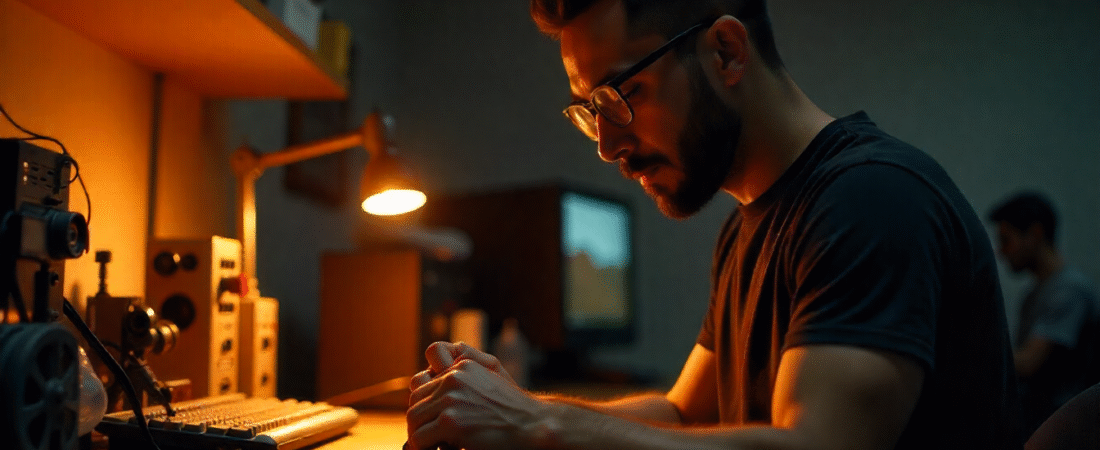Preserving Memory in the Age of AI
In today’s digital world, film restoration is more than a technical task. It has become a cultural and ethical decision. One that sits at the crossroads of memory, technology, and creative legacy.
So the question isn’t just how to restore a film.
The real question is:
Are we preserving the original vision — or changing it through a modern lens?
The Fine Line Between Restoration and Remastering
At our restoration center, we’ve worked on classic films by legendary Egyptian directors. In many cases, those filmmakers welcomed the correction of flaws — such as color shifts, scratches, or print issues caused by older technology.
Even so, every update must be handled with care.
Although modern tools are powerful, they’re not the problem.
Instead, the real challenge lies in knowing how far to go — and why it matters.
Restoration in the Age of AI
Thanks to today’s technology, scanners can capture incredible detail.
AI tools can stabilize frames, clean up noise, sharpen visuals, and even recreate missing elements.
Of course, this sounds impressive.
However, if used without restraint, this same power can erase more than it restores.
Consider this: the grain, flicker, and small imperfections are not flaws.
Rather, they are historical evidence. They show how the film was created, how it aged, and how it was experienced by past audiences.
Finding the Right Balance
The most respectful restorations are those that:
- Improve quality without changing the film’s identity
- Preserve historical and cultural context
- Avoid forcing modern styles onto period films
- Treat AI as a support tool — not the decision-maker
In some cases, institutions are considering dual versions of a film:
One that stays true to the original, and another enhanced for modern viewers.
While this might not work for every project, it highlights an important truth: intent matters.
Restoration Is an Ethical Choice
When a film’s creator is no longer alive, the responsibility becomes even greater. We’re not just fixing a film — we’re interpreting it. The choices we make today will shape how future generations see the past.
Therefore, we must remember this:
Technology should support the story, not replace it.
Let the Film Breathe Again
Restoration isn’t about making the past look modern.
Instead, it’s about letting the film breathe — just as it was, and how it was meant to be.
Because film is more than just content.
It is evidence. It is identity. It is memory.
So let’s restore with care, not correction.
Let’s preserve stories — not rewrite them.

